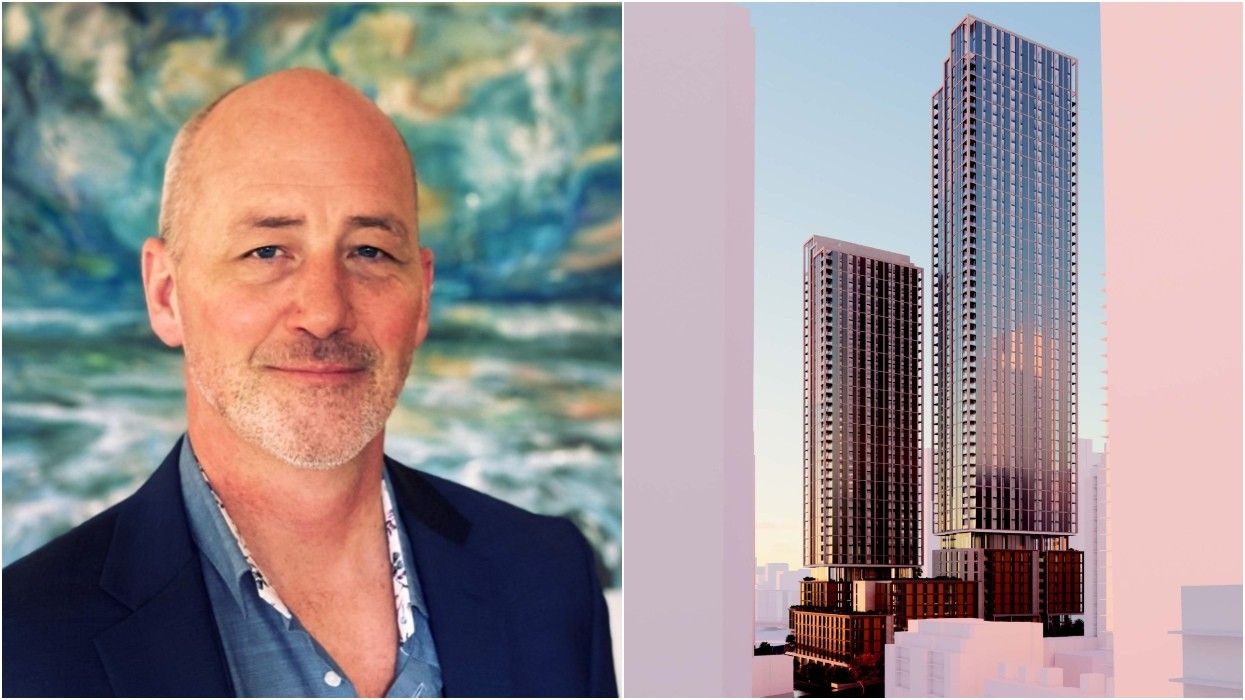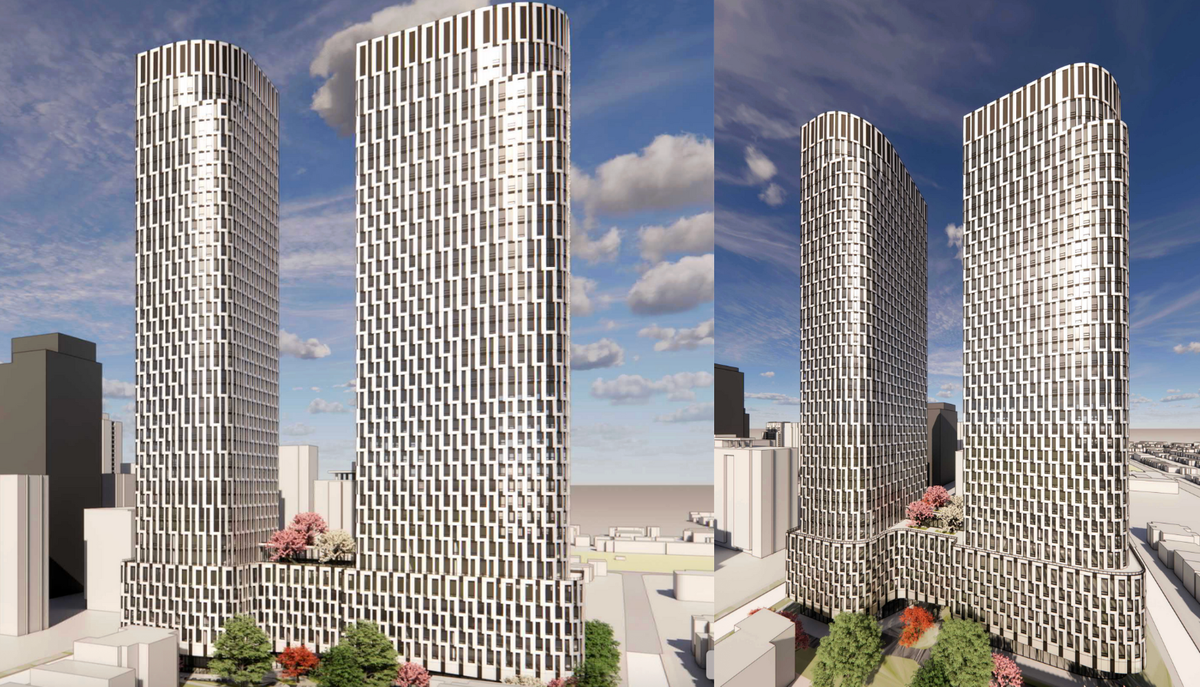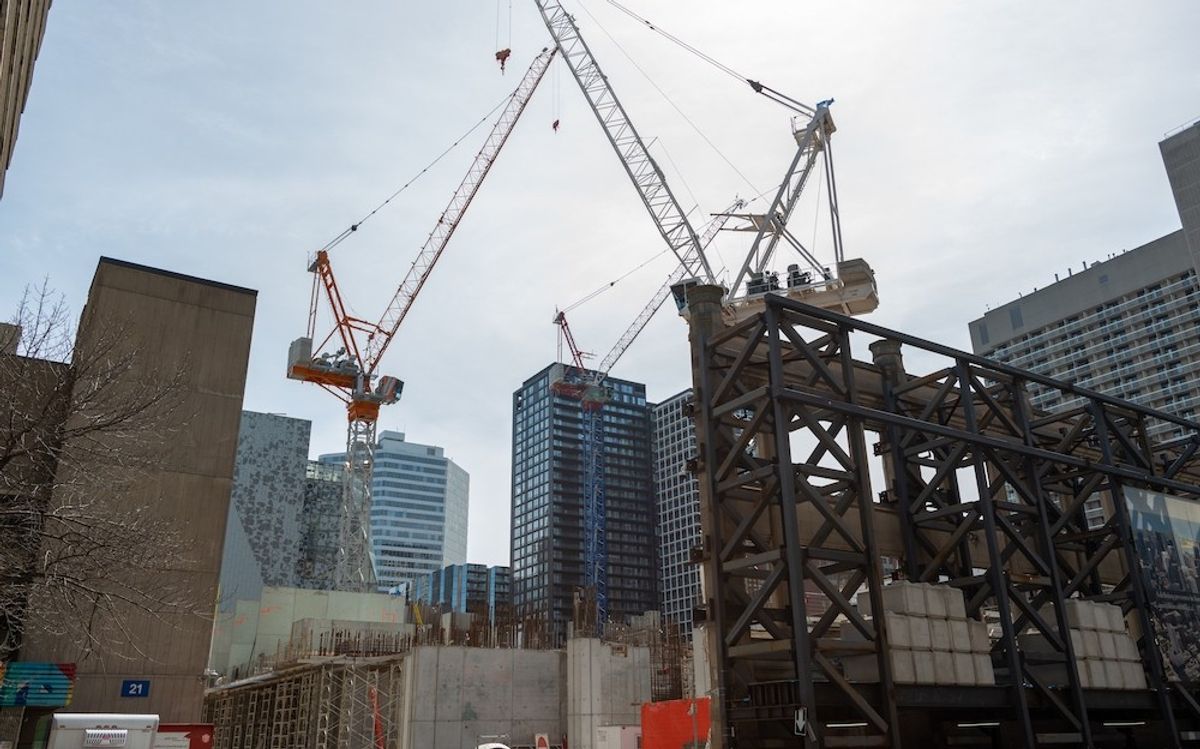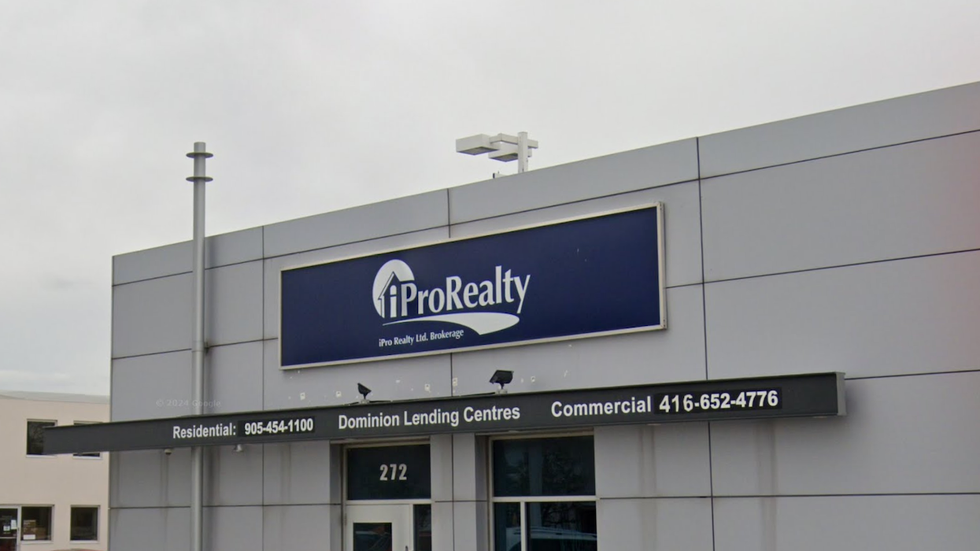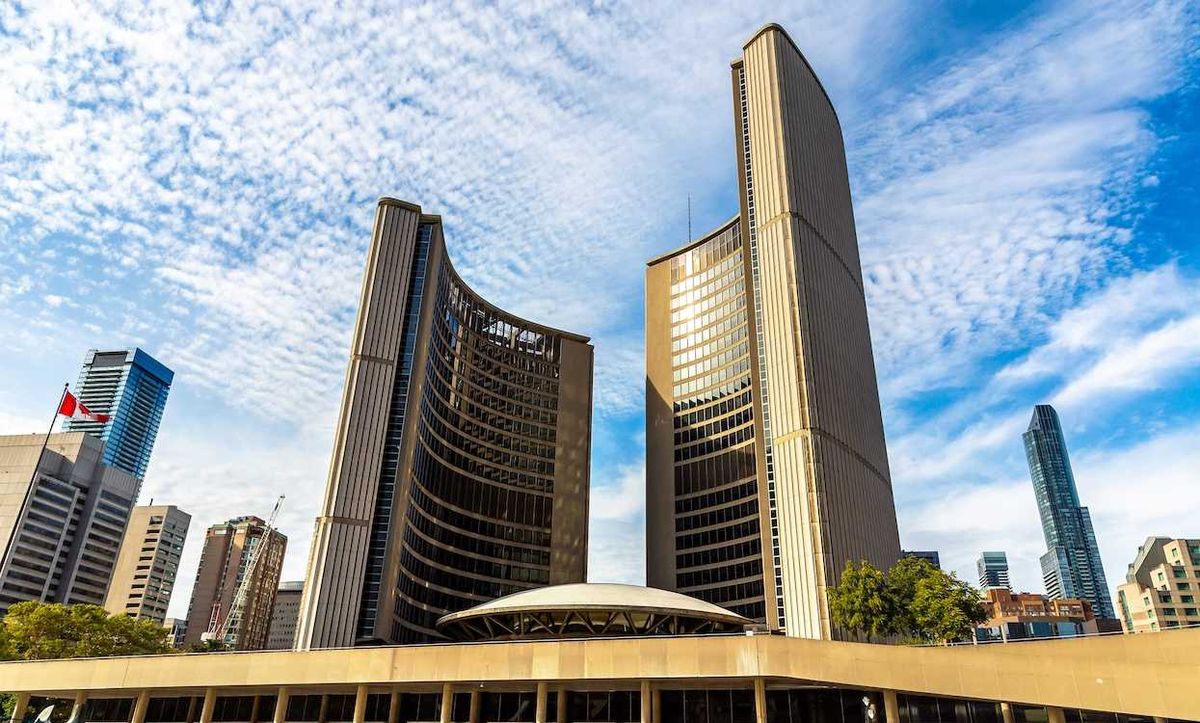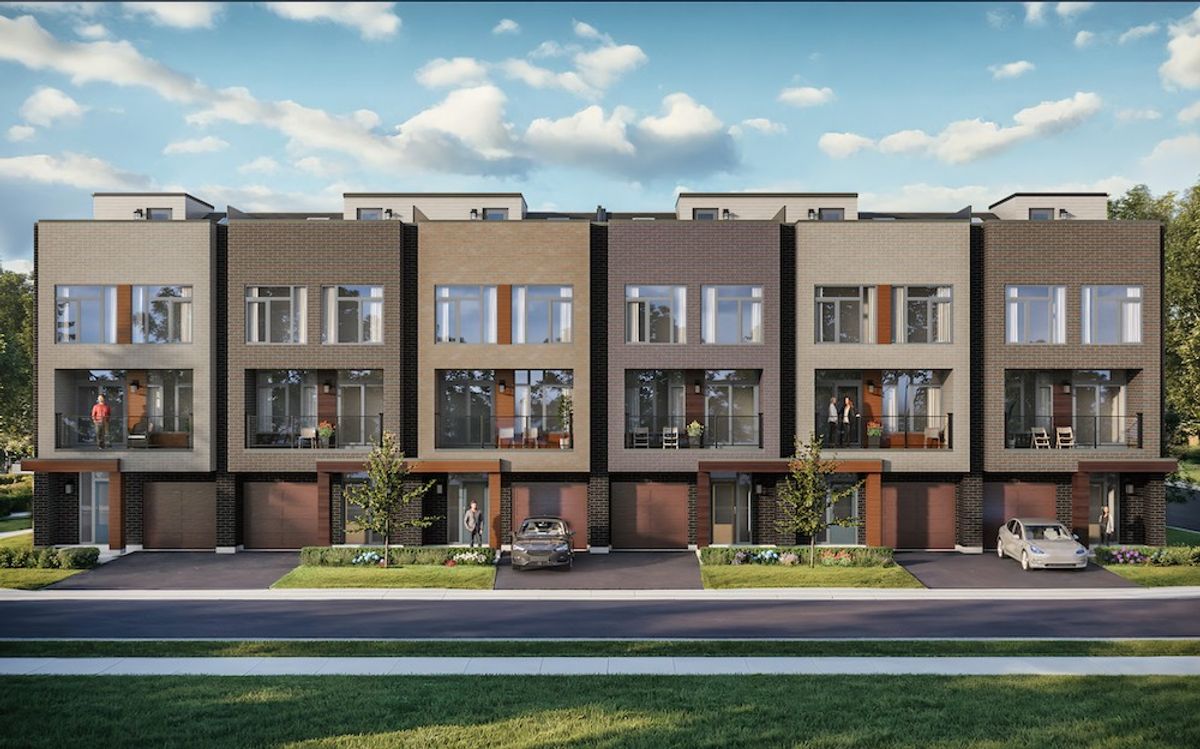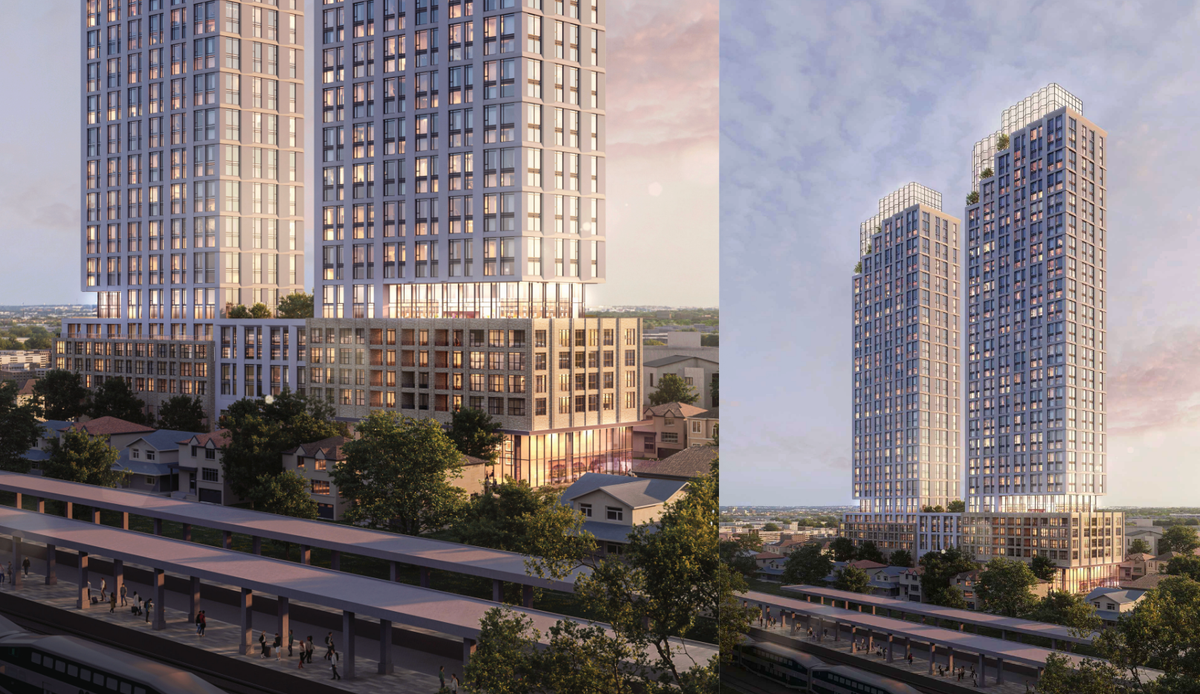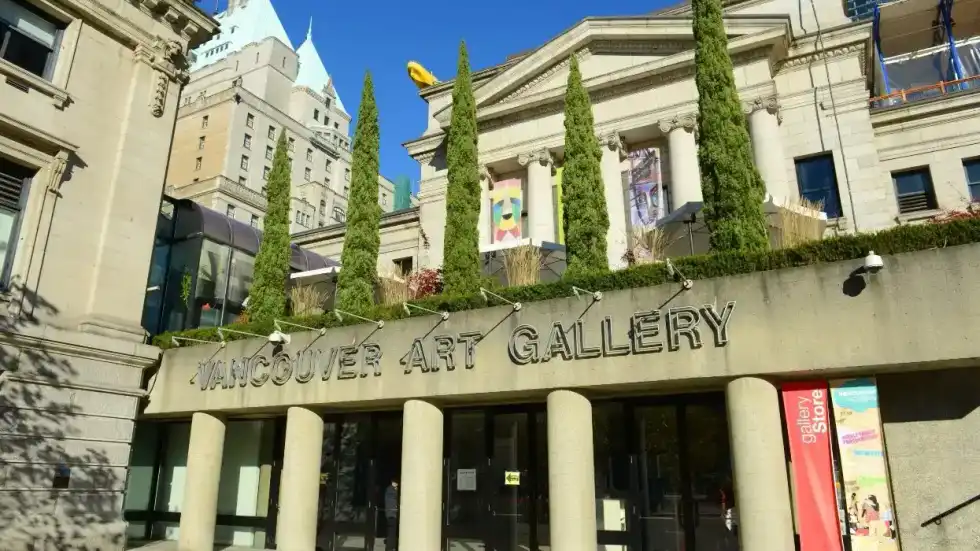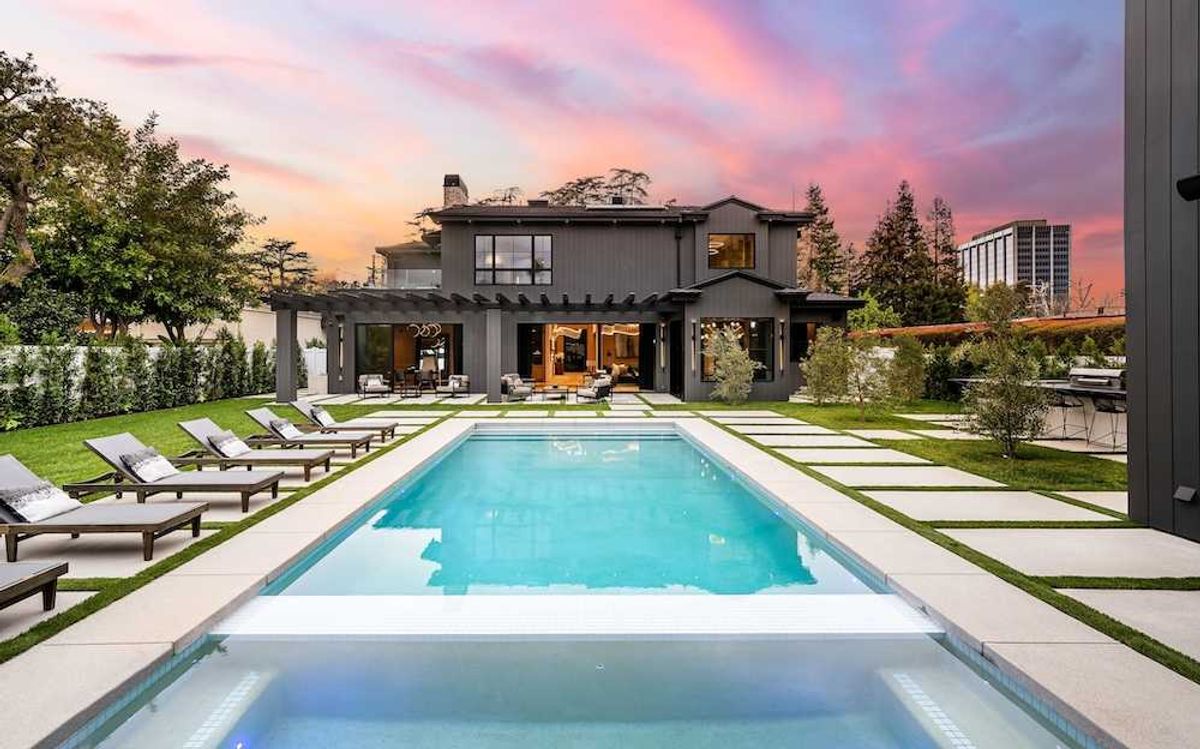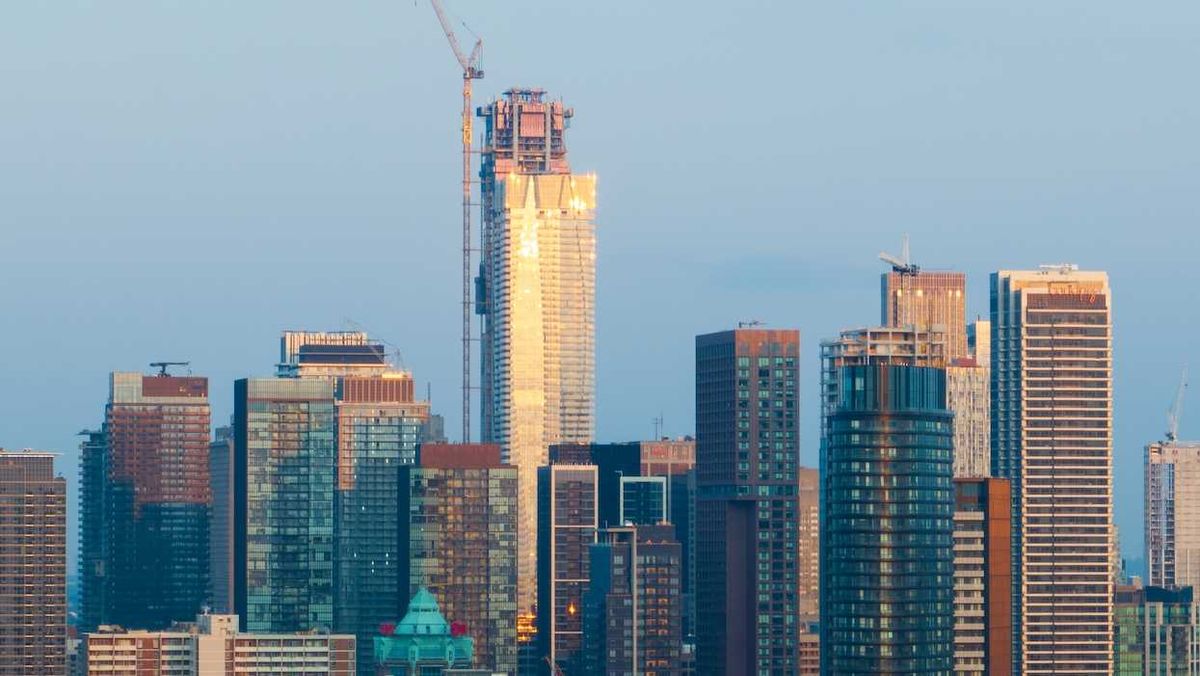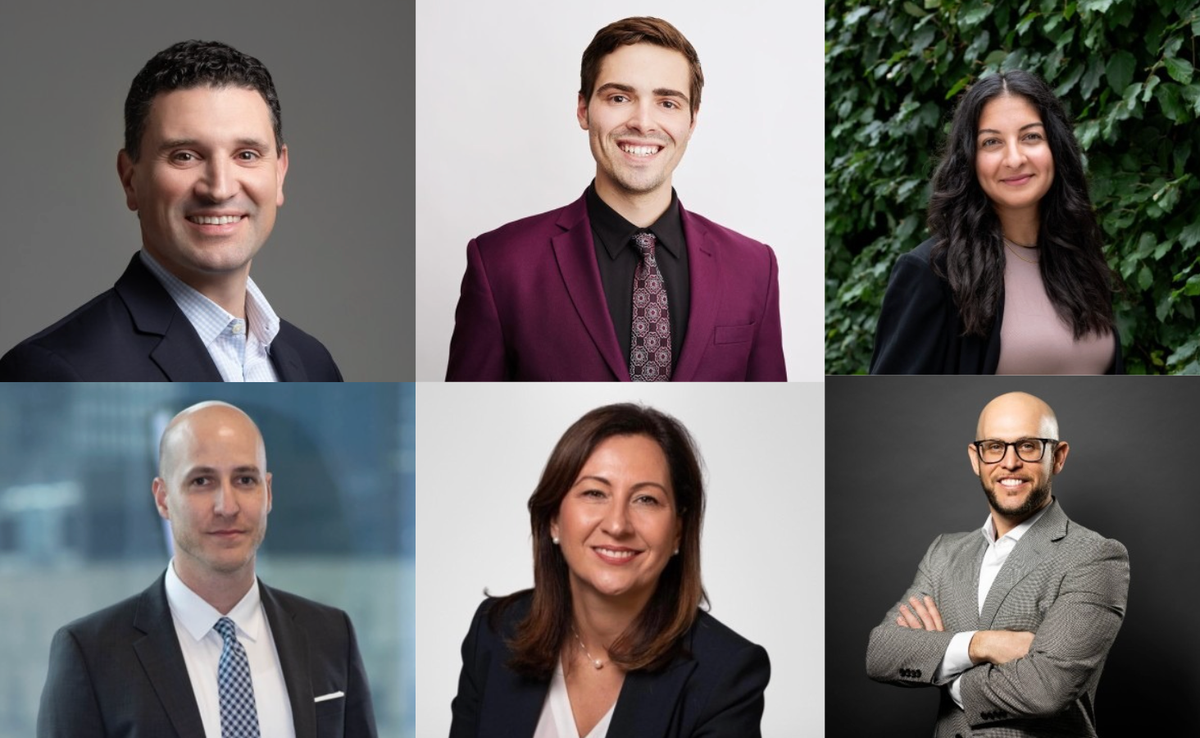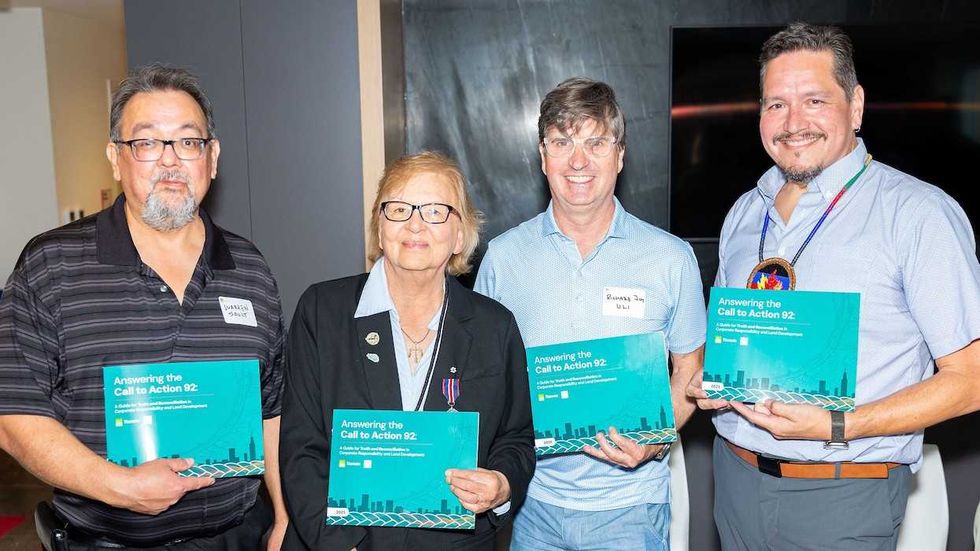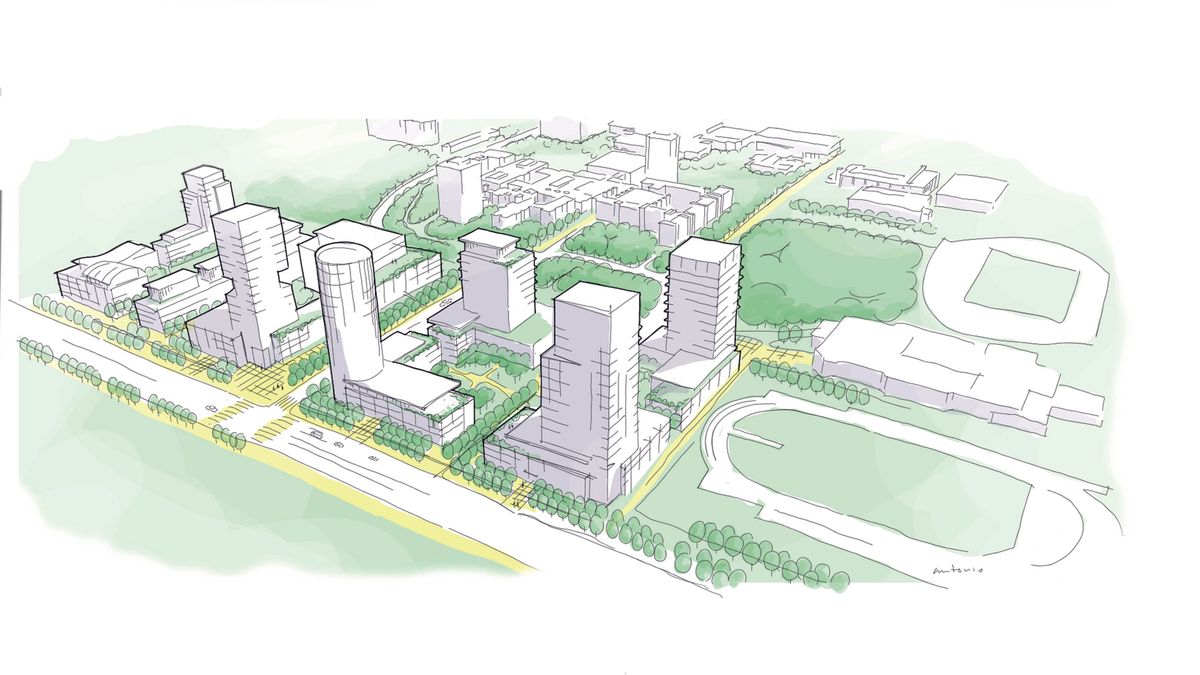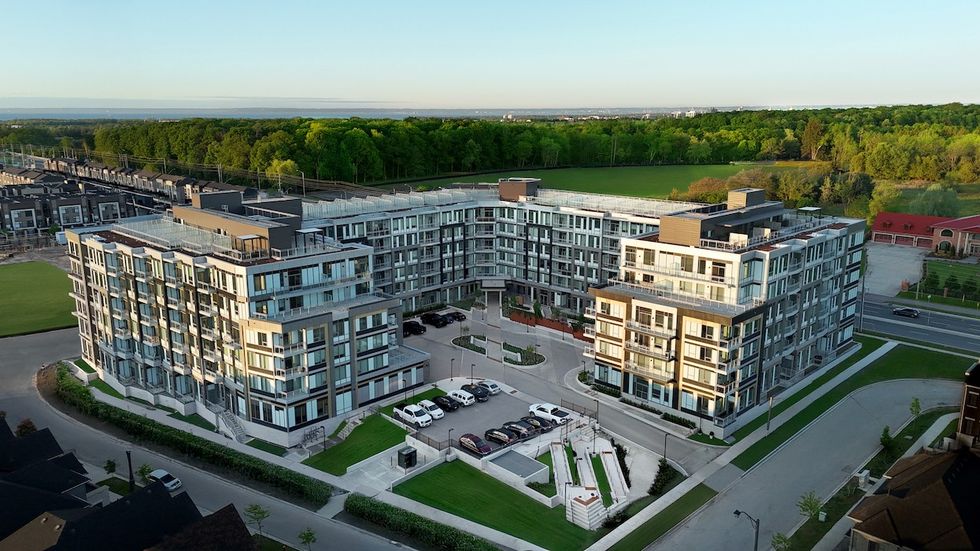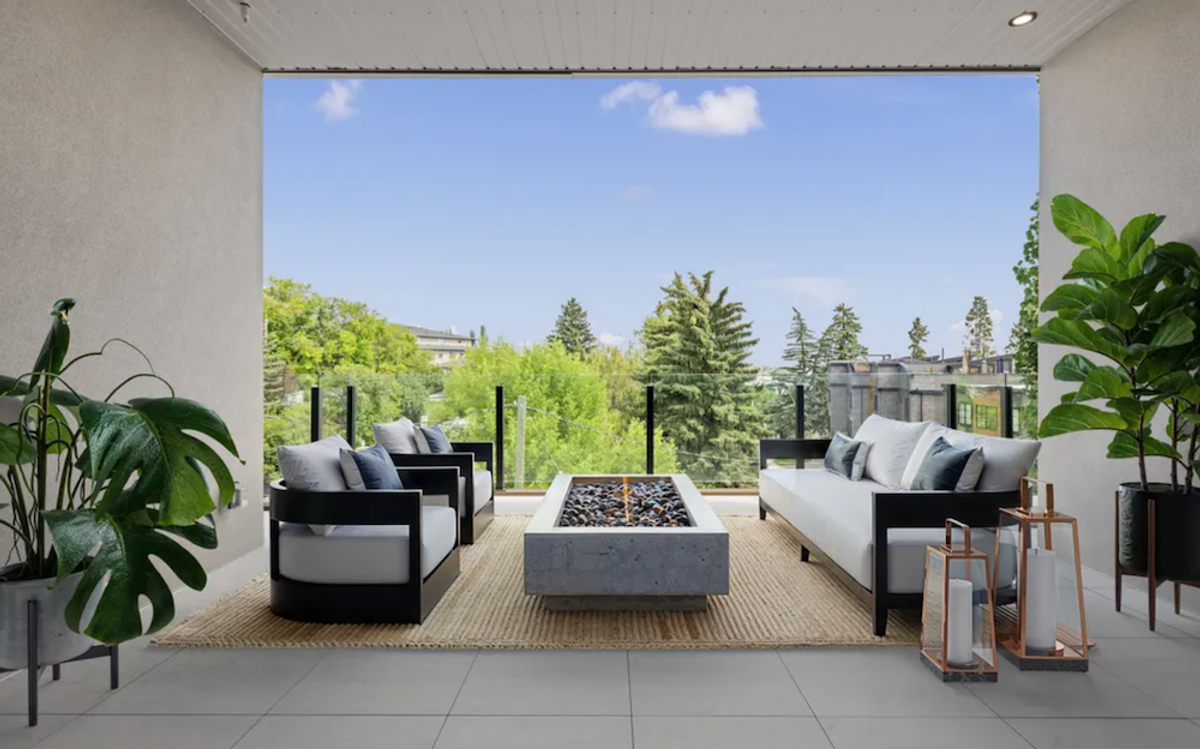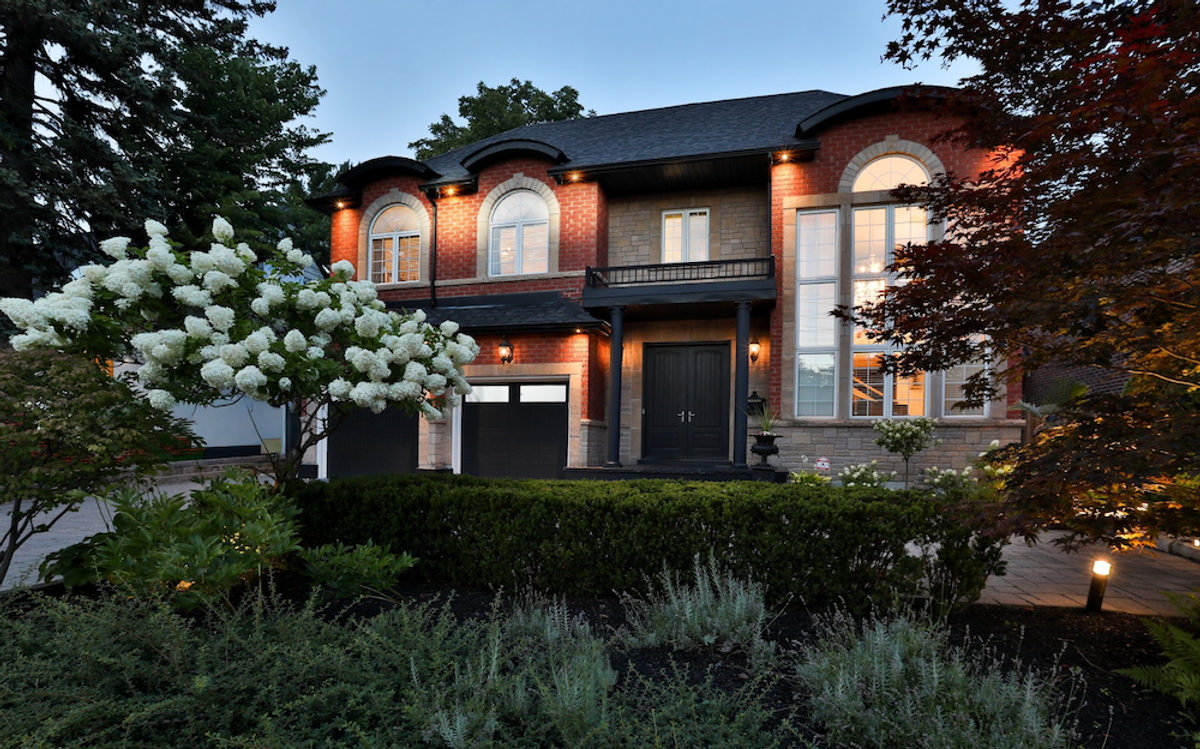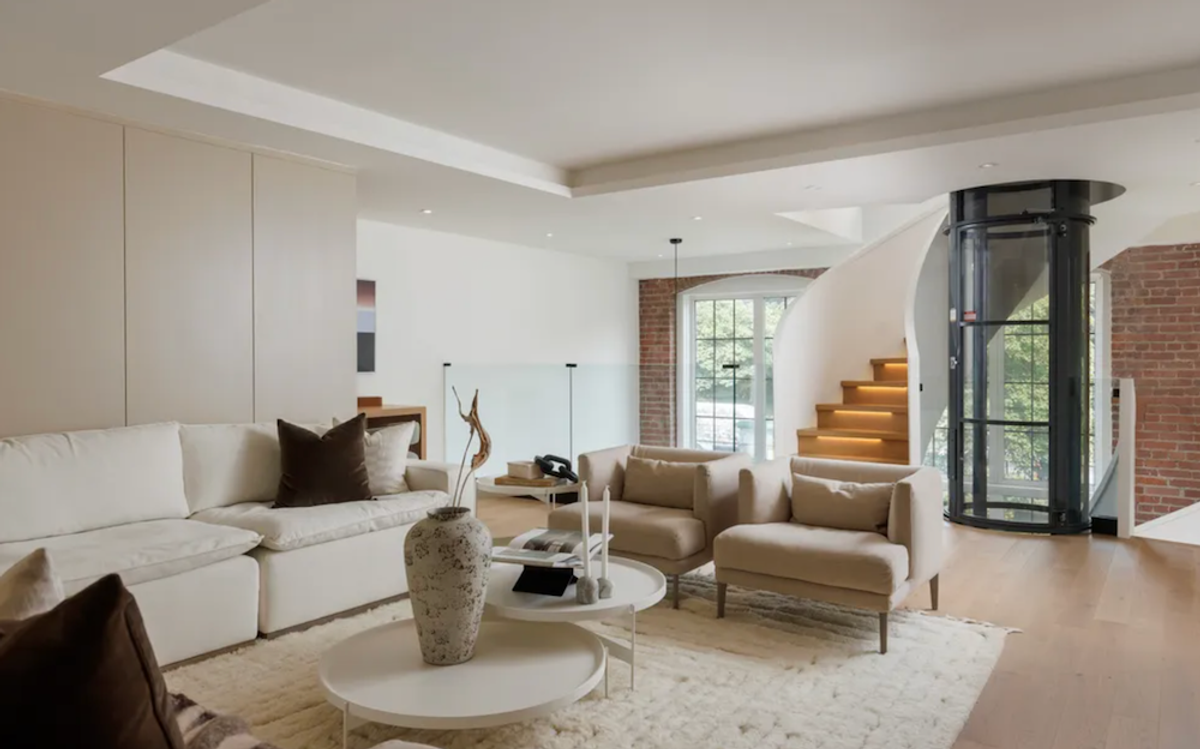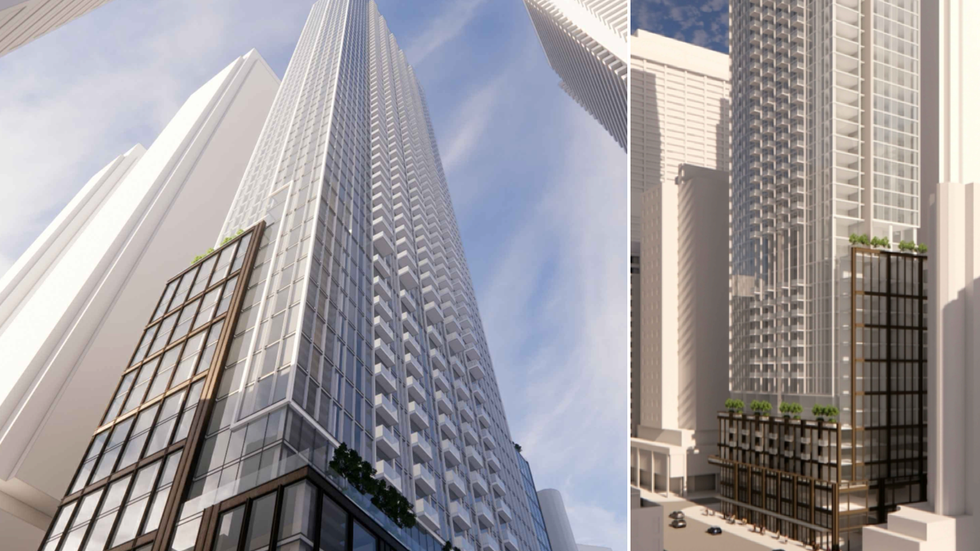Last week, the City of Vancouver officially announced the launch of its new strategy to deliver market rental housing on City-owned land, which will be guided in large part by the Vancouver Housing Development Office (VHDO).
The intent of the strategy is to "generate financial returns and non-tax revenues to address the growing infrastructure deficit and Council priorities," the City said, through housing development on City-owned real estate.
"The launch of the VHDO is a big step forward in making sure we have the right homes for the people who need them," said Mayor Ken Sim. "By putting our real estate assets to work and thinking outside the box on housing solutions, we're setting up Vancouver for long-term success — so more families and residents can put down roots and thrive in our city."
One of the first development projects the Vancouver Housing Development Office will be undertaking is a 40-storey and 54-storey tower project set for 1402-1460 Burrard Street, 900 Pacific Street, and 1401-1461 Hornby Street near the Burrard Street Bridge, the rezoning application for which was published by the City in December.
In an interview with STOREYS this week, VHDO Director Brad Foster discussed the mission of the office, addressed some of the questions people may have, and outlined what the processes will look like.
Responses have been lightly edited for length and clarity.
Can you talk a bit about the establishment of the Vancouver Housing Development Office and what that looked like?
Where is the VHDO based, physically? I know City Hall is actually spread out across multiple buildings.
I'm located in the City Manager's office. I work with Armin Amrolia, who is one of the Deputy City Managers, and we also have project managers within the real state services unit at the City of Vancouver, as well as a range of consultants.
How many people are on the in-house VHDO team?
Technically, it's myself and Arman. And then I have sort of part-time PMs that I pull from in the real state services unit. But they're [working on] other stuff as well. It's a broader job they have, but I'm using them for project management skills.
How much of the development work will be handled in-house compared to external consultants?
Right now, we're doing all that in house with our architectural partners. We're just in the zoning process right now, so we're getting entitlements in place on the five properties; we're trying to understand height, density, all of the things that we need to understand in rezoning. We live and breathe development economics everyday. Our finance team is very strong. We've tested all of our numbers, our assumptions on these five sites, and we are very confident in our position.
We have some of the best architects in the country working with us. These are fantastic organizations we have working on these sites, because architectural excellence is a tenet of the VHDO. The product that we've put on the market so far from a rezoning application point of view — Pacific and Hornby — is world-class architecture.
Gregory Henriquez is our executive design architect. He's one of the first people I brought on. Why? Because Greg does a ton of market rental stuff, he understands the development economics, he understands what the market responds to, and he knows what unit sizes we should be considering, for example. So we have a very strong team that's external to the City that really keeps us on our toes as well.
Some people have raised some concerns about the City competing with the private sector and potential favourable treatment. What do you make of those concerns?
We are under more scrutiny than most developers, because we are public. I mean, Howard, you're going to be looking at every single rezoning application I put in from now on, and I'm sure of it, right? Because you want to know what we're doing. And we appreciate that scrutiny. And, by the way, that scrutiny extends to our planning and development services unit — the regulatory side of the house. The VHDO represents the land owner side of the house. We face exactly the same processes, the same scrutiny on policy and form of development just like any other developer does. And I would say more so.
So the feedback you heard from the industry was generally positive?
Well, you always get criticism. Some [pointed to] the competition thing, but we're like, "We're not here to compete with you, we're here to partner with you." And frankly, this pilot project is going to generate 4,300 odd units. That's nothing. These developers work across the Lower Mainland. We're in Vancouver. If you think about the amount of units in the pipeline across the Lower Mainland, 4,300 units over a 10 to 15-year period is a drop in the bucket. This is very much a pilot. We think it's going to be successful. Our numbers are all pointing in the right direction. As for the pundits, we are prepared to be misunderstood because we are innovative, and I'll leave it at that.
This one's been in process for a while. I think the first investigations on this site occurred in 2018 or 2019, then it was kind of put on hold for whatever reason. I think COVID threw a wrench into things. So when I came in, it was kind of already in process. Some work had already been done, so that was one of the sites that we identified in the pilot program. So we just picked up the work. Diamond Schmitt [Architects] was already on board, so we just got the contract rolling and began that design exercise again.
Will all five sites from the pilot program be progressing, in terms of construction, concurrently?
No. These are large projects — like four million square feet of residential. That's a lot, right? So I think once we get rolling, we'll probably start with — we don't even know yet, we're still doing that analysis — probably one of the more modest projects. Not that any of these are really modest. What's the deal structure look like? How are we taking these to market? Who's going to be our development partner? That's all part of the mix and the decision-making that we still need to make once we get the sites zoned.
No, [it may not.] This is a very important point: all we're doing is getting the sites rezoned. The development strategy, how we roll the sites out, that remains to be seen. We're still doing work on that. It's going to depend on the partners we can attract. Pacific and Hornby, that's a big project. That's going to require a lot of equity, a lot of construction financing, and it's a very important site from a city and place-making point of view. You're integrating Pacific with the beach community there, we're creating a new public realm on the east side of Burrard Street Bridge, which is absolutely fantastic. So it's not an easy site to develop, but it's also a very important one that needs to move forward, relatively soon.
Outside of the five, we have a couple of smaller ones that we also were kind of looking at — within the Property Endowment Fund. They're more the six storeys, 90-unit variety, and that may be one of the first ones we do as well. But we have to get through this first pilot zoning effort to make sure that we're lining things up and I think you'll see more announcements in regards to what we're doing over the course of this year.
Are you able to share any details about the other pilot projects?
We're still working on the drawings and everything for those. They'll come out in logical order. Main and Terminal will come out at the beginning of March. Then we're looking at the 2400 motel site — that'll take some time. That one will probably look at rezoning submissions sometime before summer, at least, like May-June. Marpole: we're still working on that one.
And Granville Loops. That's the other one. Those parcels have now been prepared, so all that deconstruction of the loops is now complete. We have four parcels there, three are market and one is now a non-market building that's going to [development permit] actually. They're getting ready to submit that DP in about a month.
What would you say to those who are wondering why the City wouldn't just sell these sites and use that money, for example, towards non-market housing?
Well, we don't put too much stock in the opinions of real estate agents, particularly as it relates to municipal asset management. That's the first thing. Change is really difficult for some people, but civic-minded leaders in the real estate industry recognize that what we are doing is going to generate immense value for the City for the long-term. We are really in the business of managing that rollout to make sure that happens with our private sector partners.
What we're trying to be is good asset managers, first and foremost, with the land assets we have, because we feel that if we manage them properly, it's going to build the City's financial strength to continue to invest in all that public infrastructure. Everything we're doing is trying to benefit the public in the long term, right? We're just using market forces to help us do that.
Prior to the VHDO you were at TransLink while they were getting into real estate development, correct?
It's interesting that you bring that up, because of course the City isn't the first public sector organization to do this. We're just under more scrutiny because I think it's the City of Vancouver and the City has the regulatory and the land development function, which can be perceived as a conflict of interest. Totally get it. But we've been developing non-market stuff for a long time, zoning, approving, zoning, and approving; it's just in this case, it's market development, right? So that's causing a bit of a wave in the market.
But you raise an important point, because UBC Properties Trust — they're the granddaddy of this kind of model – that trust was established back in the early '90s or late '80s by Robert H. Lee and Al Poettcker and those guys met a lot of resistance when they first started that up to create a property trust and to develop those UBC lands. They've been hugely successful. They've generated something like $1.5 billion in academic endowment value for the university, through land development. That's a model that we aspire to.
SFU did the same thing, but too much lesser degree. The only difference there is that SFU had to work with the City of Burnaby on zoning and regulatory approval. They did it through long-term land lease, which is fine. That's a model we're looking at. We may indeed do long-term land leases, but what we're looking at is really flexible models. So, we might might do land lease where it makes sense on one property, to get that initial cash equity injection that we can reinvest elsewhere, or we might stay as an equity partner for the long term.
The City is not going anywhere. People think that 35-year amortization on a building is a long time. Not for a City! If I've got 4,000 units, generating income for 100 years, what does that financial picture look like? How valuable are those assets? Great cities build value. Great cities build wealth. Because you need to. You have to continually reinvest in your infrastructure, pipes, sidewalks, community centres, fire halls, swimming pools, you name it. And so it's a very important mandate.
- Vancouver Proposing 38 And 52-Storey Towers On City Land Near Burrard Bridge ›
- Josh White On Becoming Vancouver's New GM Of Planning ›
- Rental Towers Up To 42 Storeys Proposed For City-Owned Site Near Science World ›
- VHDO Planning 27-Storey Social Housing Tower On City-Owned Granville Loops Site ›
- Q&A: Josh White On His First Year As Vancouver's GM Of Planning ›
- VHDO Revises Pacific Burrard Project In Response To City Feedback ›
- Lucy Maloney On The Renters Office, First Month On Vancouver Council ›
